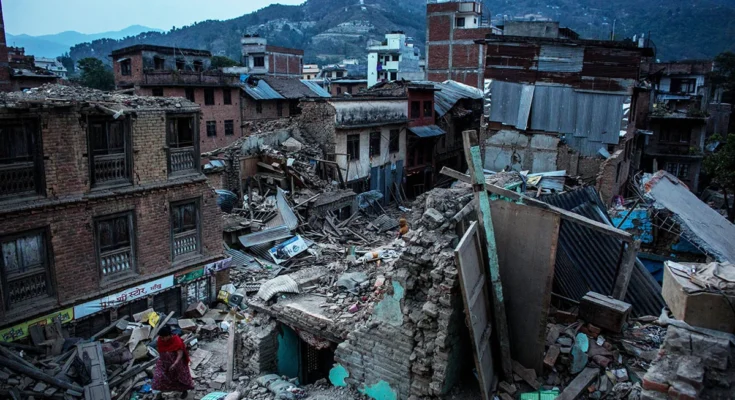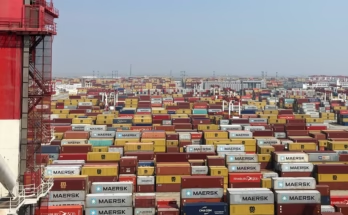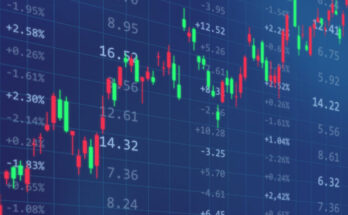The world experienced an unusual surge in seismic activity on August 19, 2025, with multiple earthquakes recorded across continents, including six quakes above magnitude 5.0 and dozens of moderate tremors.
The Volcano Discovery Earthquake Report described the day as one of the busiest in months, sparking renewed debate on tectonic plate shifts, disaster preparedness, and climate-linked seismic stressors.
Major Earthquakes Recorded
-
Magnitude 5.8 – Near the Kuril Islands, Russia
-
Magnitude 5.6 – Off the coast of Chile
-
Magnitude 5.4 – Southern Philippines
-
Magnitude 5.3 – Near Papua New Guinea
-
Magnitude 5.2 – In Indonesia (Sumatra region)
-
Magnitude 5.0 – Central Turkey
Additionally, more than 40 quakes between magnitude 3.0 and 4.9 were recorded globally within 24 hours.
Why the Spike in Activity?
Seismologists point to several contributing factors:
-
Active Fault Lines – Regions like the Pacific “Ring of Fire” remain hotspots.
-
Tectonic Stress Build-Up – Pressure release can occur in clusters.
-
Aftershocks – Some quakes may be linked to earlier seismic events.
While there is no scientific evidence linking earthquakes to climate change, experts note that rising sea levels and glacial melting may indirectly affect tectonic stress in some regions.
Impact on Affected Regions
-
Chile & Indonesia: No major casualties reported, though tremors were strongly felt.
-
Turkey: Minor building damage reported; authorities urged vigilance.
-
Philippines: Schools temporarily closed in affected provinces.
-
Russia (Kurils): Local authorities issued a tsunami advisory, later lifted.
Emergency Response
Governments activated emergency protocols:
-
Chile and Indonesia deployed disaster response teams.
-
Turkey’s seismic institute issued safety guidelines for residents.
-
Pacific nations reviewed tsunami alert systems.
NGOs also raised concerns about preparedness in vulnerable regions, where infrastructure may not withstand stronger quakes.
Global Seismic Trends
-
2025 has already seen a 20% rise in magnitude 5+ quakes compared to the same period in 2024.
-
The Pacific “Ring of Fire” continues to account for 70% of global seismic activity.
-
Scientists warn of the need for stronger early-warning systems and resilient infrastructure, especially in earthquake-prone developing nations.
Conclusion
The flurry of earthquakes on August 19, 2025, serves as a reminder of the planet’s ongoing seismic volatility. While no catastrophic damage was reported, the clustering of moderate-to-strong quakes highlights the need for constant preparedness and global cooperation in monitoring tectonic movements.
For vulnerable communities, investing in early-warning systems and quake-resistant infrastructure may mean the difference between safety and disaster in the future.
FAQs
Q1: How many strong earthquakes occurred on August 19, 2025?
Six earthquakes above magnitude 5.0 were recorded globally.
Q2: Where did the strongest quake strike?
Near the Kuril Islands, Russia, with a 5.8 magnitude tremor.
Q3: Was there a tsunami warning?
Yes, a tsunami advisory was briefly issued near the Kurils but later lifted.
Q4: Are earthquakes increasing in 2025?
Yes, data shows a 20% rise in 5.0+ quakes compared to 2024.



